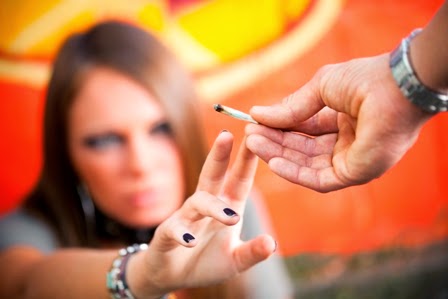Alcoholism / alcohol abuse

Alcohol Abuse Alcohol in alcoholic beverages acts as a depressant of the central nervous system used in small amounts. Users feel more relaxed from anxiety, and become more self confident 2 . Some of the symptoms of alcoholism are as follows: Craving—A strong need, or urge, to drink. Loss of control—not being able to stop drinking once drinking has begun. Physical dependence—Withdrawal symptoms, such as nausea, sweating, shakiness, and anxiety after stopping drinking. Tolerance—the need to drink greater amounts of alcohol to feel the same effect. Physiological effect of consuming alcohol - Alcohol is absorbed from all parts of the gastrointestinal tract largely by simple diffusion into the blood 4 . It can be absorbed through the stomach walls. - Can change mood and behavior, and make it harder to think clearly and move with coordination 4 . - Drinking a lot over a long time or too much on a single occasion can damage the hea...
